I have been trying to find what IC this is for ages.
Here is some information on the IC:
- Found in a wireless gaming mouse (mostly Logitech).
- It's connected to the mouse buttons/LED (not 100% sure)
- It's always accompanied by 3 resistors
- IC marking is 1F5/1F7 (see picture)
I found a similar one in another mouse:
This one looks like it is connected to a 74LVC595, but these ones have a capacitor.
At first I thought it was a Schmitt trigger for the buttons, but I couldn't find any single-channel Schmitt trigger IC with 6 pins.
Any help would be appreciated.
